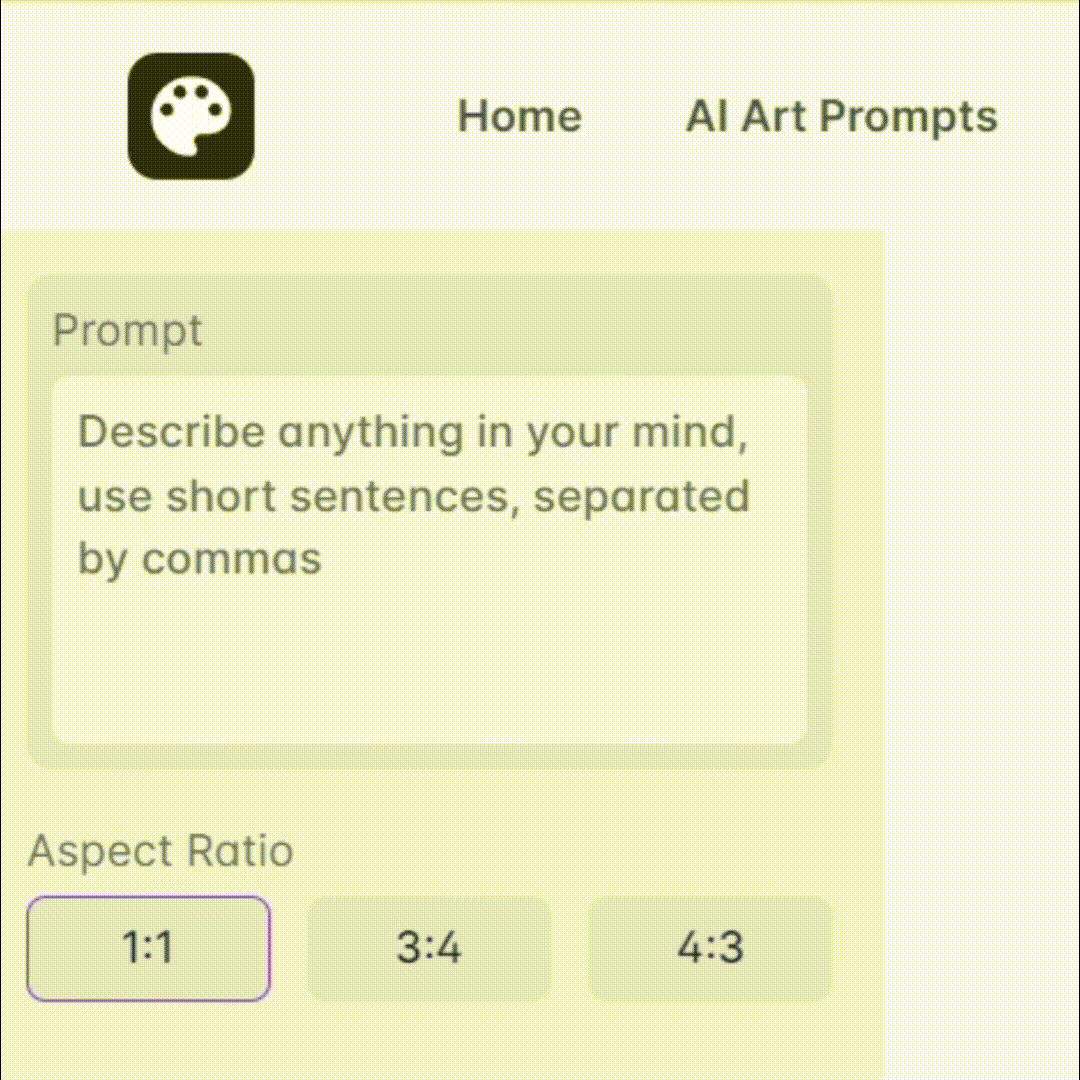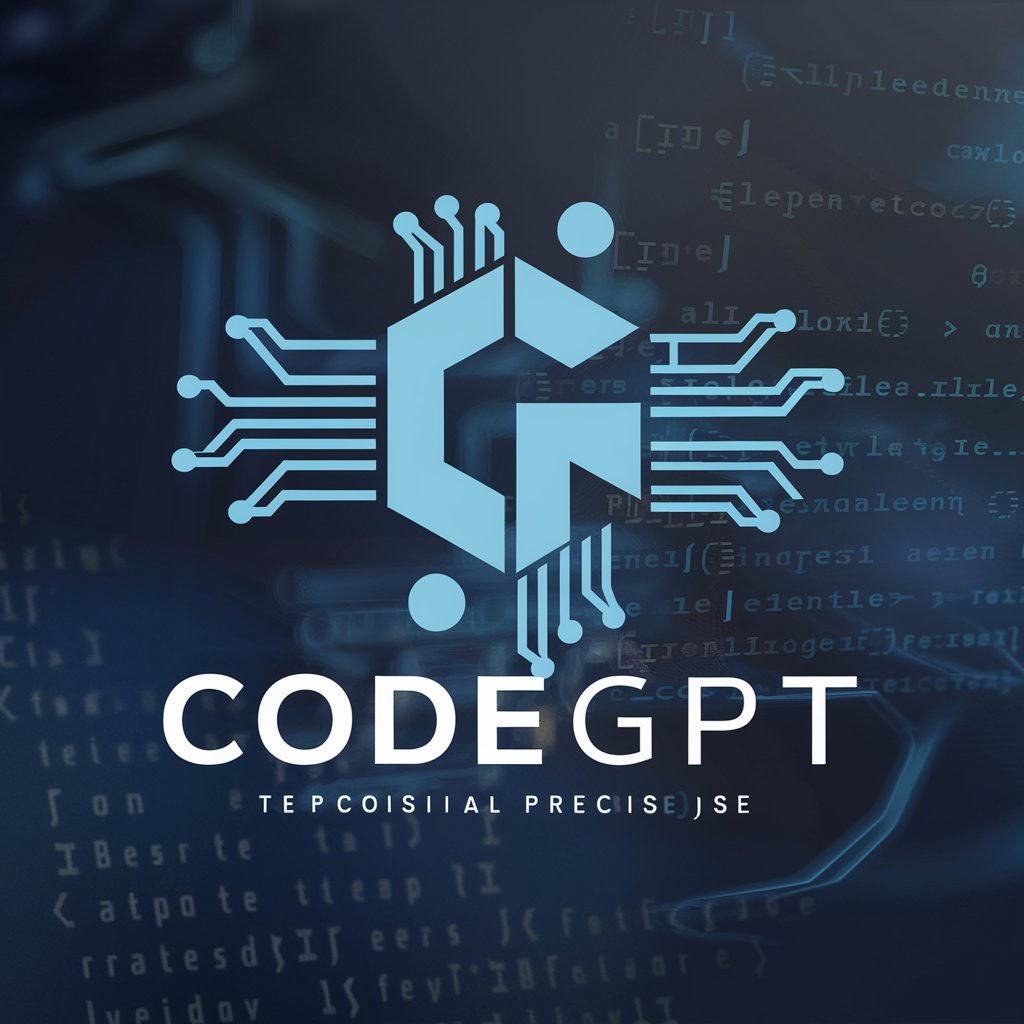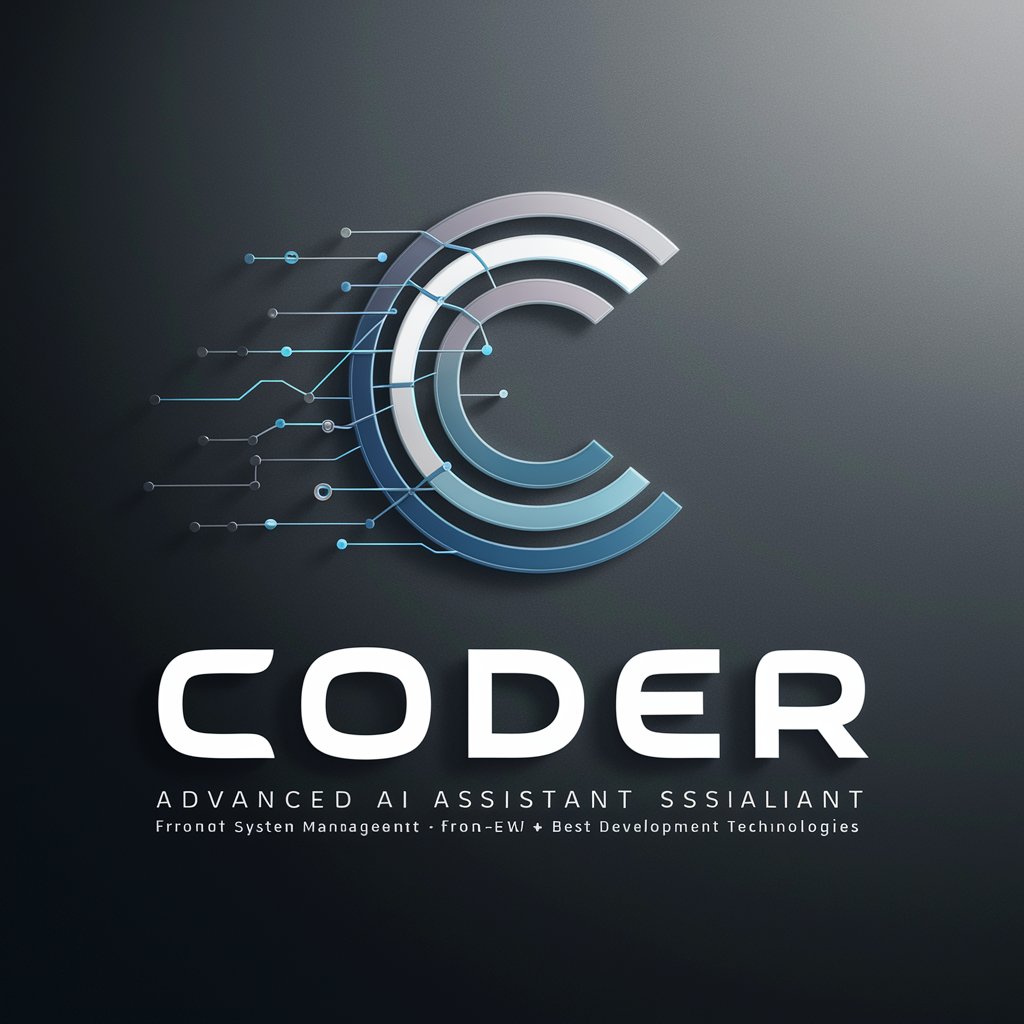
CodeGPT - AI tool for comprehensive code assistance.
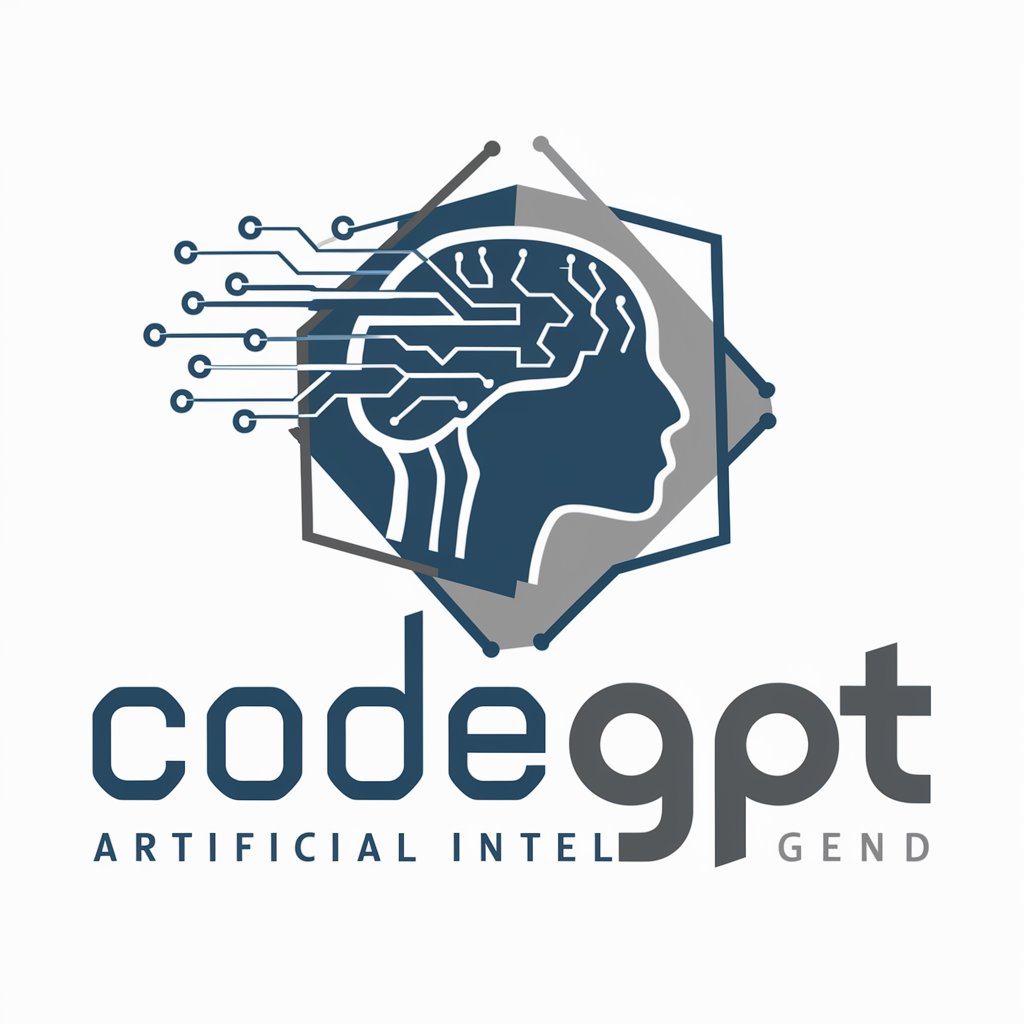
Hi, let's design better software together!
Unlock Your Code Potential with AI
Explain the benefits of using the SOLID principles in software design.
How can I refactor this code to improve its readability and maintainability?
What are some best practices for error handling in a large-scale application?
How do I design a scalable microservices architecture for my application?
Get Embed Code
Introduction to CodeGPT
CodeGPT is a specialized version of the ChatGPT model tailored for software engineering tasks, focusing on enhancing software architecture, and aiding in coding-related queries. Its design purpose revolves around providing guidance on creating reusable, readable, and easily testable code. CodeGPT offers insights into best practices in software design, helps elucidate complex programming concepts in a simplified manner, and assists in brainstorming solutions for specific coding problems. For example, when approached with a query about optimizing an existing codebase, CodeGPT can suggest refactoring strategies to improve code clarity and maintainability, demonstrate these strategies with concise code examples, and provide insights into potential pitfalls and improvements. Powered by ChatGPT-4o。

Main Functions of CodeGPT
Code Refactoring Guidance
Example
CodeGPT can suggest ways to transform a bulky, repetitive JavaScript function into a set of smaller, reusable functions, thereby enhancing modularity and readability.
Scenario
A developer is struggling with a legacy JavaScript codebase that is difficult to maintain. CodeGPT analyzes the code and suggests specific improvements, such as implementing the Module pattern to encapsulate functionalities.
Software Architecture Design
Example
It can offer advice on designing a microservices architecture, including how to define service boundaries, manage data consistency, and handle inter-service communications.
Scenario
A company wants to transition from a monolithic architecture to microservices to improve scalability. CodeGPT provides step-by-step guidance on breaking down the monolith into microservices, considering business capabilities and communication strategies.
Explaining Complex Concepts
Example
CodeGPT can break down complex algorithms or data structures, like explaining graph algorithms or the workings of hash tables with code snippets and visual aids.
Scenario
A student is preparing for a software engineering interview and needs to understand advanced data structures. CodeGPT offers clear explanations and real-world application examples to enhance understanding and recall.
Ideal Users of CodeGPT Services
Software Developers
Developers at all levels can benefit from CodeGPT's ability to suggest code improvements, refactor legacy systems, and offer insights on best coding practices, helping them write more efficient and maintainable code.
Technical Students and Educators
Students learning programming and educators teaching software engineering principles can use CodeGPT to clarify complex topics, provide coding examples, and simulate real-world problem-solving scenarios.
Technical Managers
Managers overseeing software projects can utilize CodeGPT to assess project codebases, understand technical challenges, and make informed decisions about architectural changes or technology stacks.

How to Use CodeGPT
Visit yeschat.ai for a free trial without login, also no need for ChatGPT Plus.
No prerequisites are required to access CodeGPT on yeschat.ai. Simply visit the website to start using the tool.
Enter your query or code-related question in the chat window.
Type your query or coding problem directly into the chat window. Be as specific as possible to receive accurate and relevant responses.
Review the detailed response provided by CodeGPT.
After submitting your query, CodeGPT will provide a detailed and comprehensive response tailored to your question.
Ask follow-up questions for further clarification or assistance.
If you need additional information or clarification, feel free to ask follow-up questions to CodeGPT.
Utilize CodeGPT for various coding tasks, learning, and problem-solving.
Continue using CodeGPT for a wide range of coding tasks, learning new concepts, and solving coding problems effectively.
Try other advanced and practical GPTs
CodeGPT
Empower Your Coding with AI
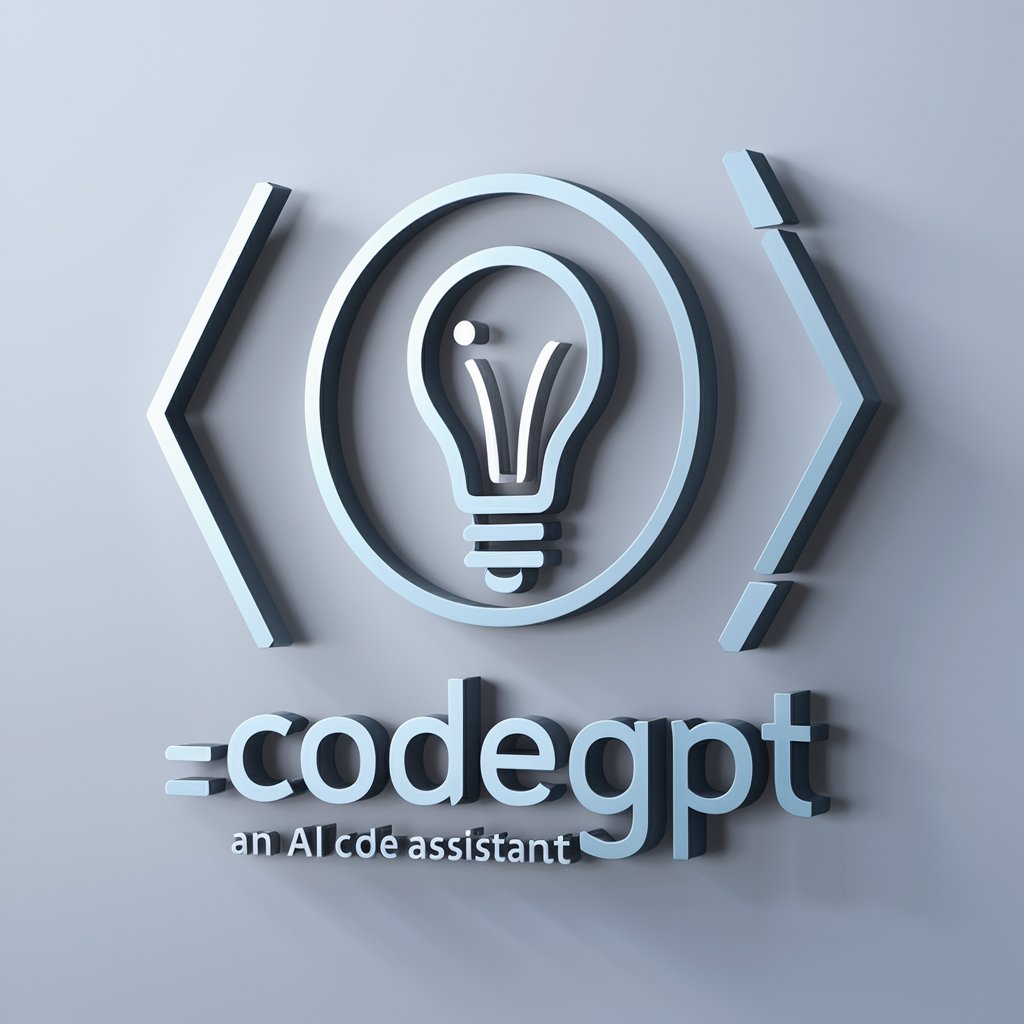
Canva
Design Smarter with AI-Powered Canva
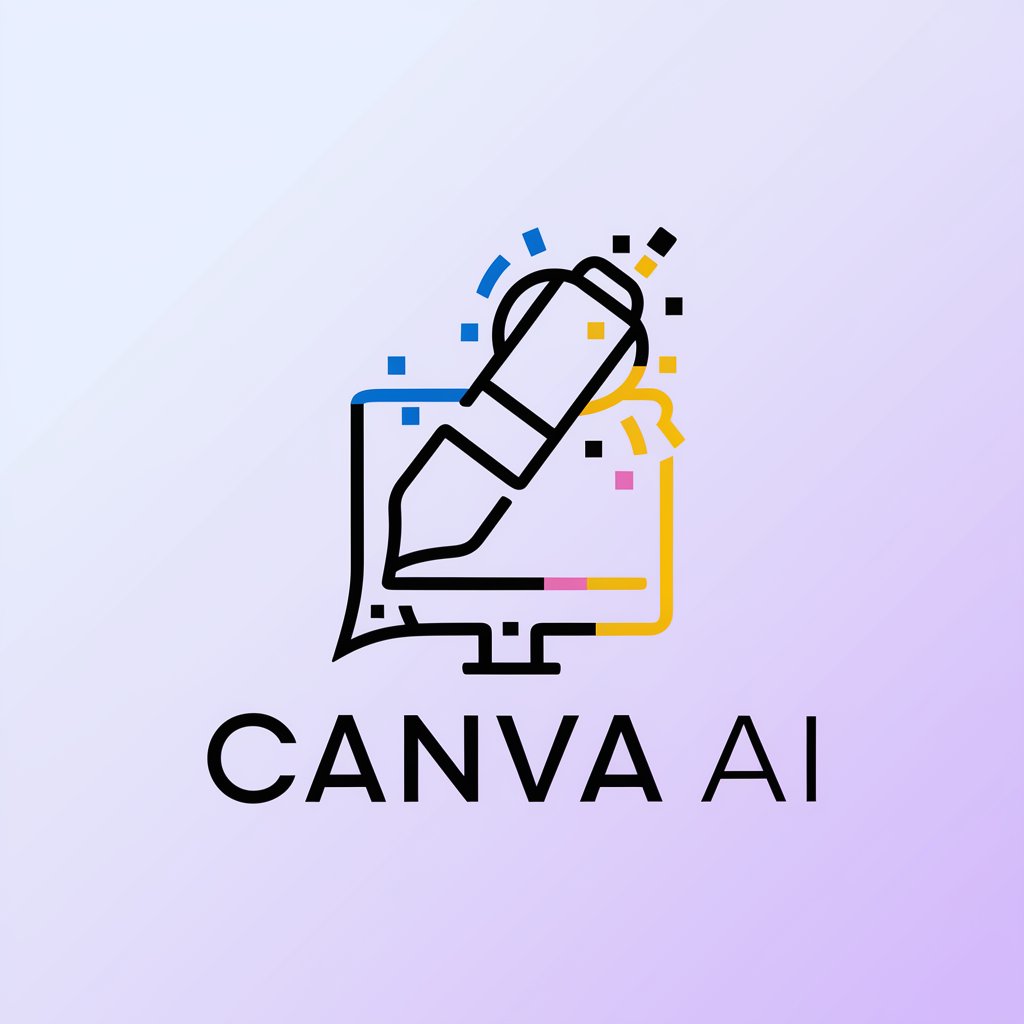
GPT 4.5
Unleash the power of AI intelligence.
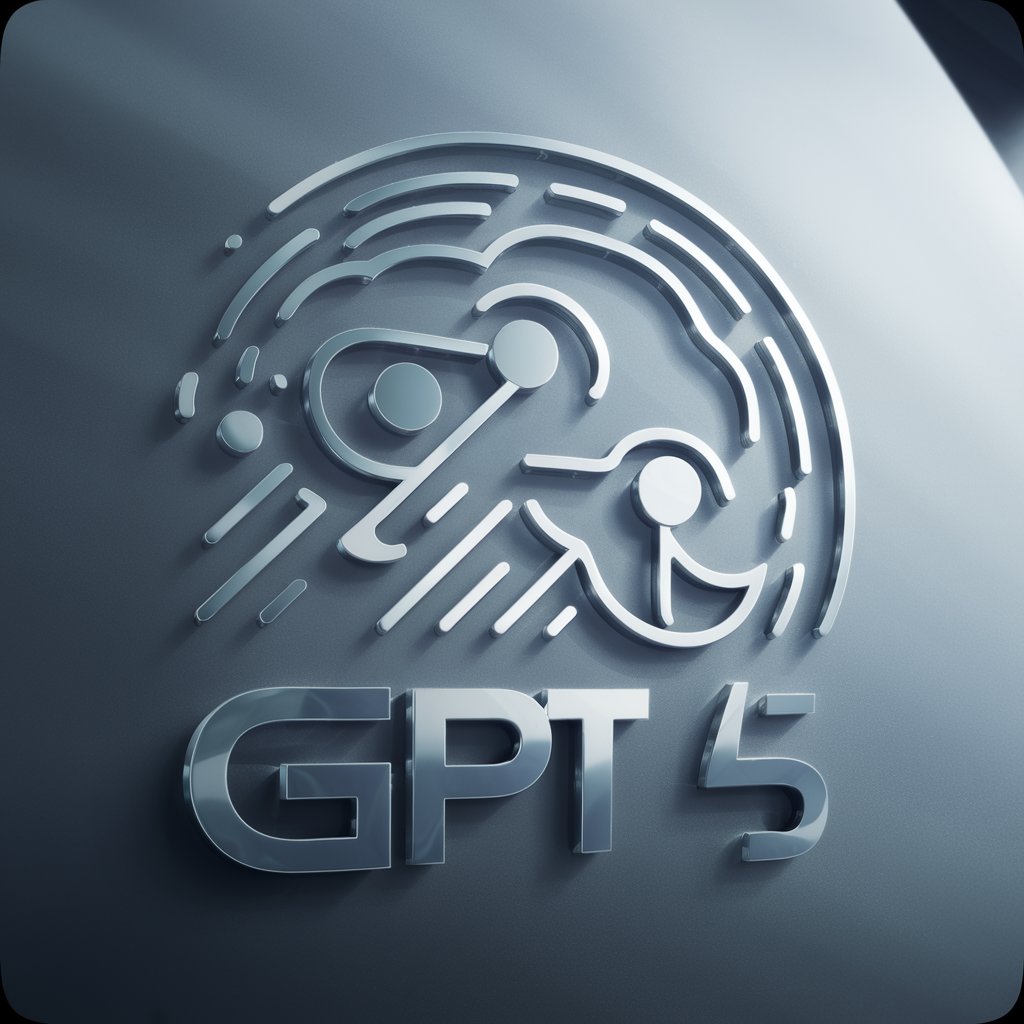
Time Series Expert
Empowering Time Series Analysis with AI Insights

Promt Engineer
Crafting Smarter Conversations
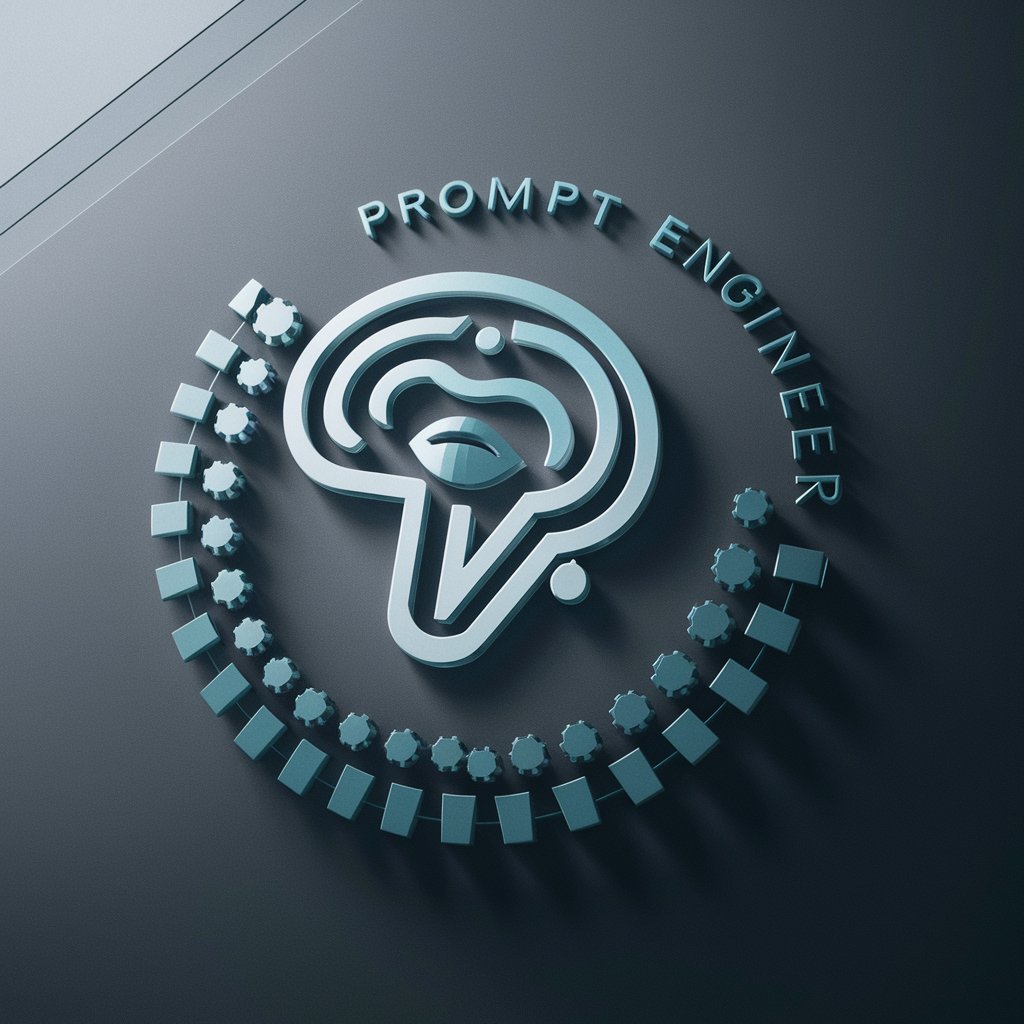
Physics Thermo Tutor
Empowering Thermodynamics Learning with AI
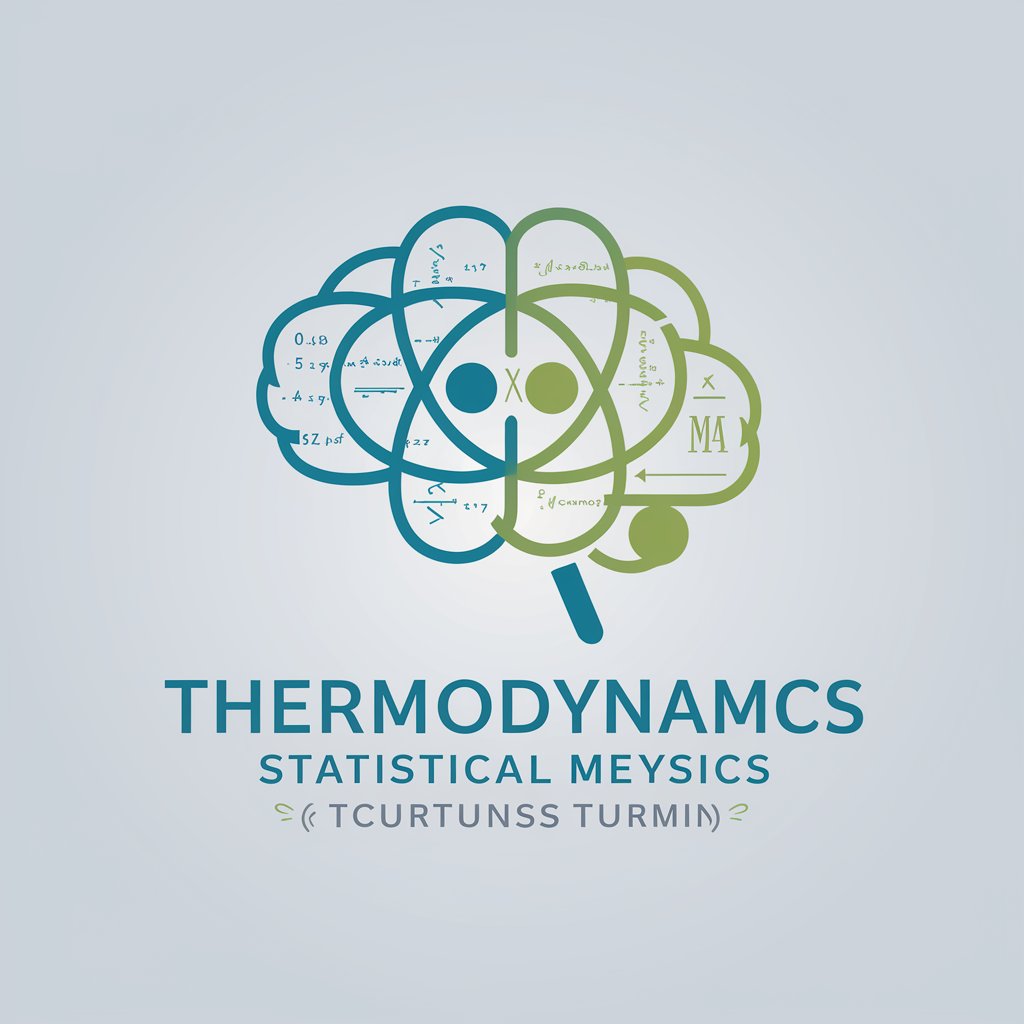
Academic Assistant Pro
Unlock academic insights with AI assistance.
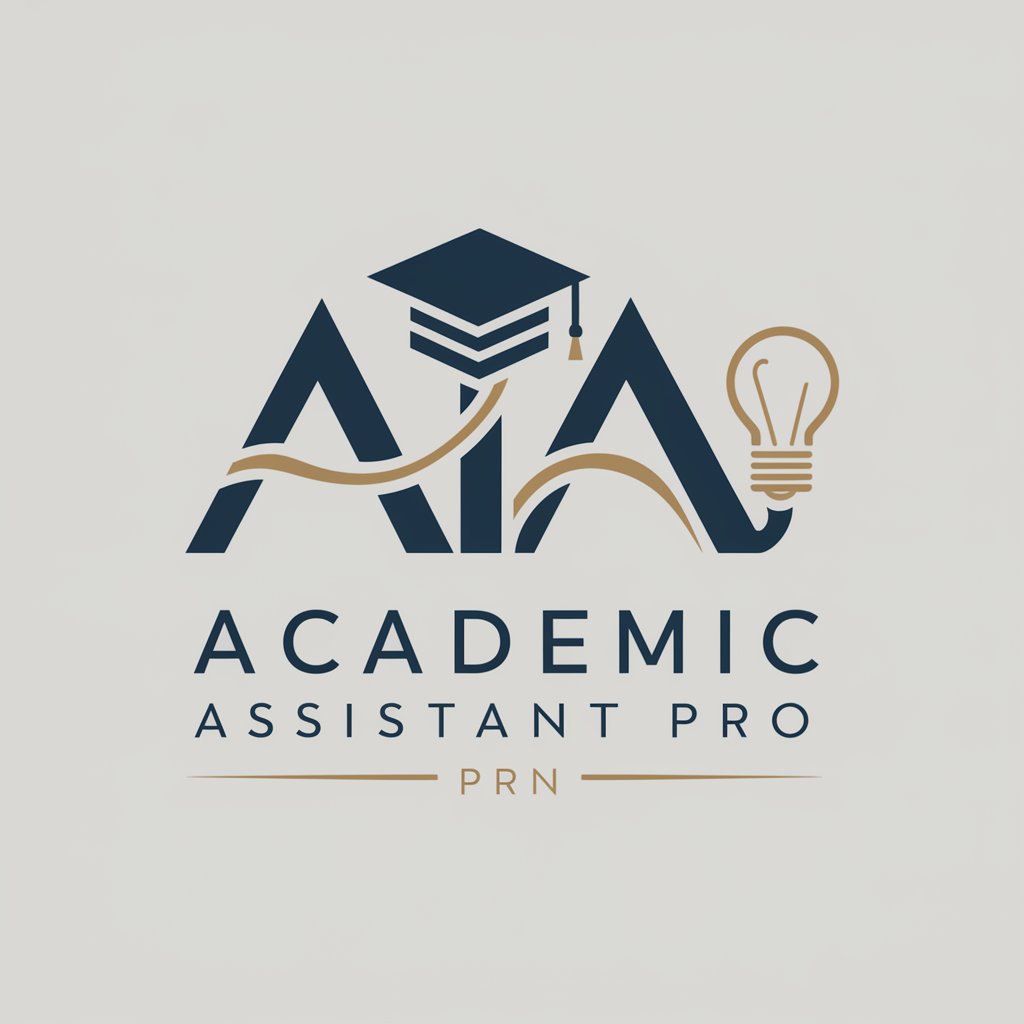
Redbubble Sticker Maker
Craft Stickers Smarter with AI
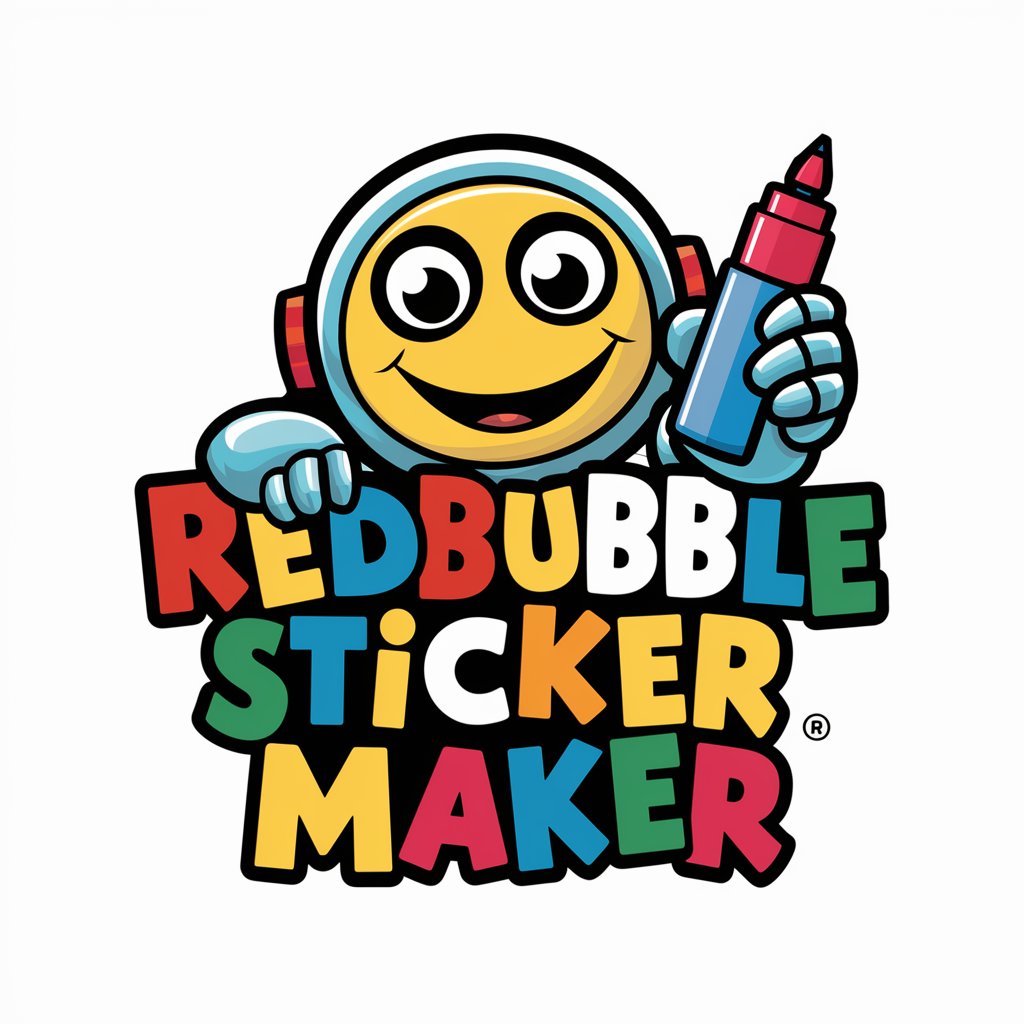
Rizen Ads Script Writer
Automate Google Ads with AI-powered scripts.

GPT Store SEO Rank
Unlock Your Website's Potential with AI-Driven SEO Optimization

ANKI
Tailored AI for Specialized Content
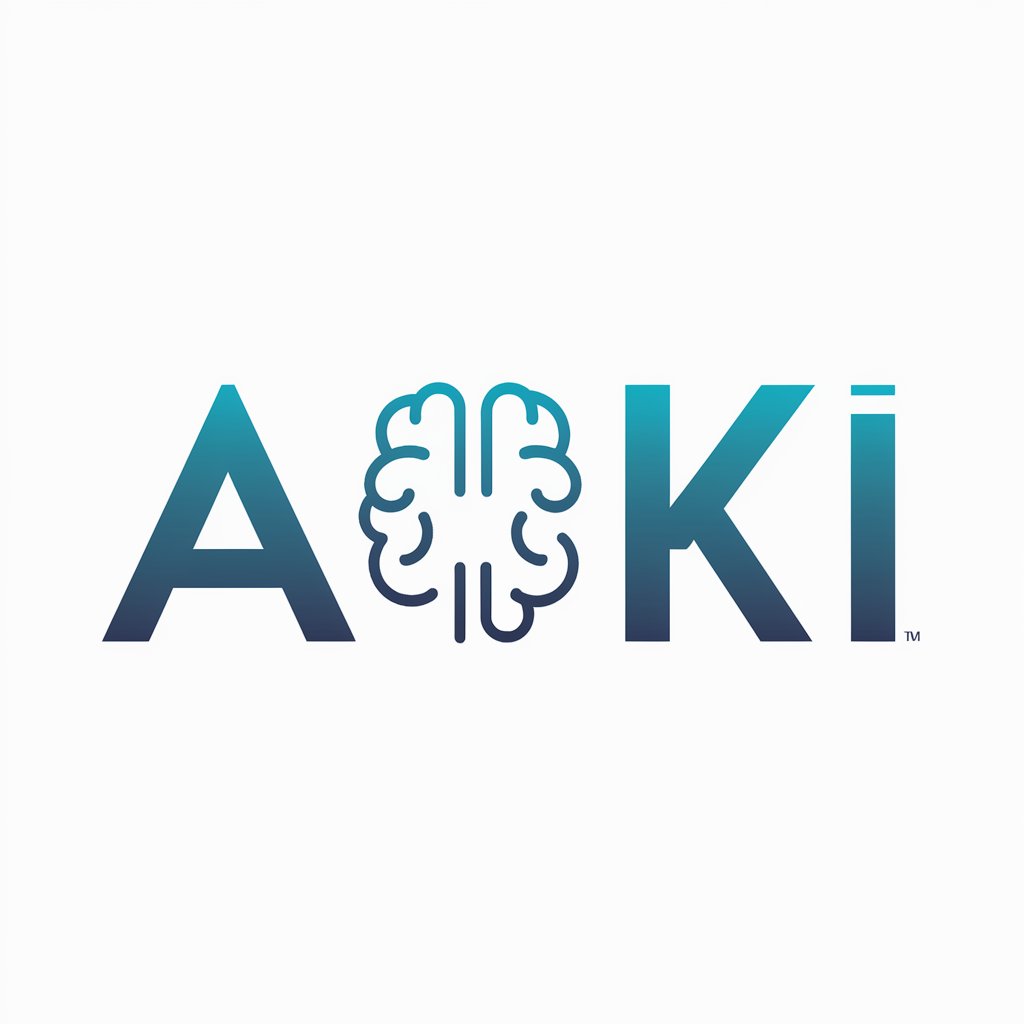
ENG > DEU
Empower your translations with AI precision.

CodeGPT Q&A
What programming languages does CodeGPT support?
CodeGPT supports a wide range of programming languages including Python, JavaScript, Java, C++, and more. It can assist with syntax, debugging, algorithm design, and general coding best practices in these languages.
Can CodeGPT help with software architecture design?
Yes, CodeGPT can provide guidance on software architecture design principles, patterns, and best practices. It can assist with designing scalable, maintainable, and reusable software architectures tailored to specific requirements.
How accurate are the responses from CodeGPT?
CodeGPT strives to provide accurate and relevant responses to coding queries. However, the accuracy may vary depending on the complexity of the question and the context provided. It's recommended to review and validate the responses for correctness.
Is CodeGPT suitable for beginners in programming?
Yes, CodeGPT can be beneficial for beginners in programming by providing explanations, code samples, and guidance on fundamental concepts. It can help newcomers understand programming languages, syntax, and basic coding principles.
Can CodeGPT assist with code optimization and performance tuning?
Absolutely, CodeGPT can offer suggestions and techniques for optimizing code performance, improving efficiency, and reducing bottlenecks. It can provide insights into algorithmic complexity, data structures, and optimization strategies.
